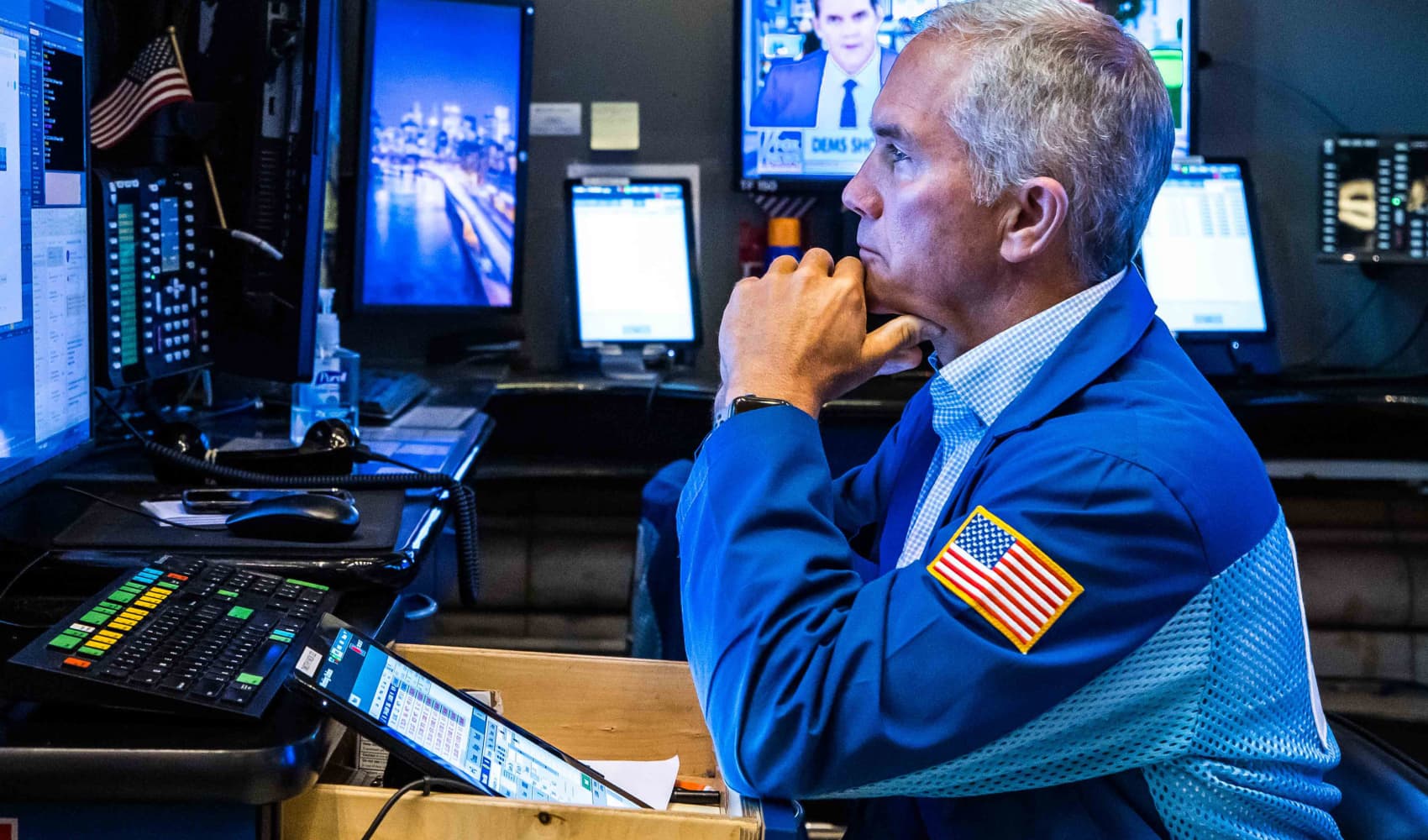
- Crypto is being used for illicit activities because crypto is "cross-border, virtually instant, and generally inexpensive to transact," Chainalysis said.
- "The growing ubiquity of crypto has made it a tool for laundering proceeds from various off-chain crimes, such as narcotics trafficking and fraud."
- The world's biggest cryptocurrency, bitcoin, has seen a near 55% jump so far this year.
Money launderers are increasingly using cryptocurrencies to conceal the origins and movement of illegally-obtained funds, according to a report by Chainalysis.
The report, which studied the trends and newer ways of laundering money, said crypto is being used for off-chain crimes such as drug trafficking and fraud because crypto is "cross-border, virtually instant, and generally inexpensive to transact."
"The growing ubiquity of crypto has made it a tool for laundering proceeds from various off-chain crimes, such as narcotics trafficking and fraud. In 2024, money laundering in crypto encompasses all crime — not just that which is inherently tied to the crypto ecosystem," the blockchain analytics firm said in a July report.
This comes as the value of the world's biggest cryptocurrency, bitcoin, has seen a near 55% jump so far this year, according to LSEG.
Money launderers use various methods such as crypto mixers, cross-chain bridges and "hops" between wallets to conceal the flow of funds.
Get Tri-state area news delivered to your inbox. Sign up for NBC New York's News Headlines newsletter.
Crypto mixers, or tumblers, involve mixing crypto from various sources to make the detection of their origin and ownership difficult. Bad actors also leverage on crypto bridges to hide the origins of funds by moving them between different blockchain networks.
Money Report
"Hops" involve moving funds between numerous intermediary personal wallets to avoid detection.
Since 2019, almost $100 billion in funds have been transferred from known illicit wallets to conversion services – where crypto is converted to fiat currency, Chainalysis data showed. The highest amount identified was $30 billion in 2022.
Sanctioned Russian crypto exchange Garantex was largely behind the record amount as its services offer launderers a way to convert illegitimately-obtained crypto into cash.
But these illegitimate activities can still be tracked down, Chainalysis said.
Crypto laundering can be traced and analyzed with a higher degree of accuracy and speed, thanks to the transparency of blockchain, as compared to traditional financial systems. Still, crypto laundering is expected to become more prevalent, the report said.
"As the global acceptance of cryptocurrencies grows and barriers to entry diminish, Chainalysis expects this type of money laundering to become more significant, as illicit actors historically co-opt new technologies for their own purposes," the blockchain analytics firm said.






